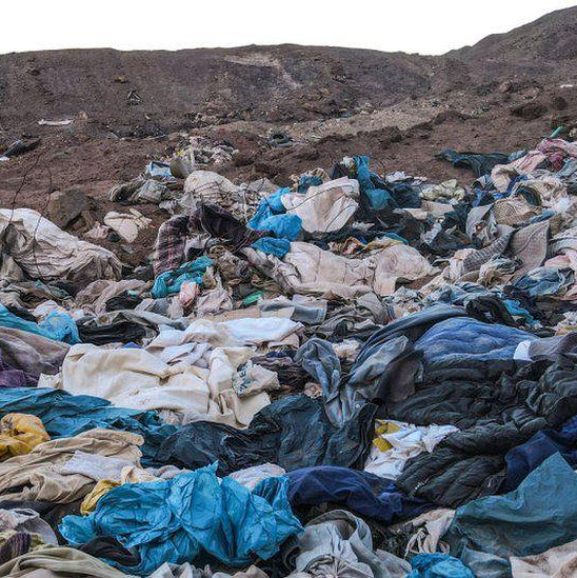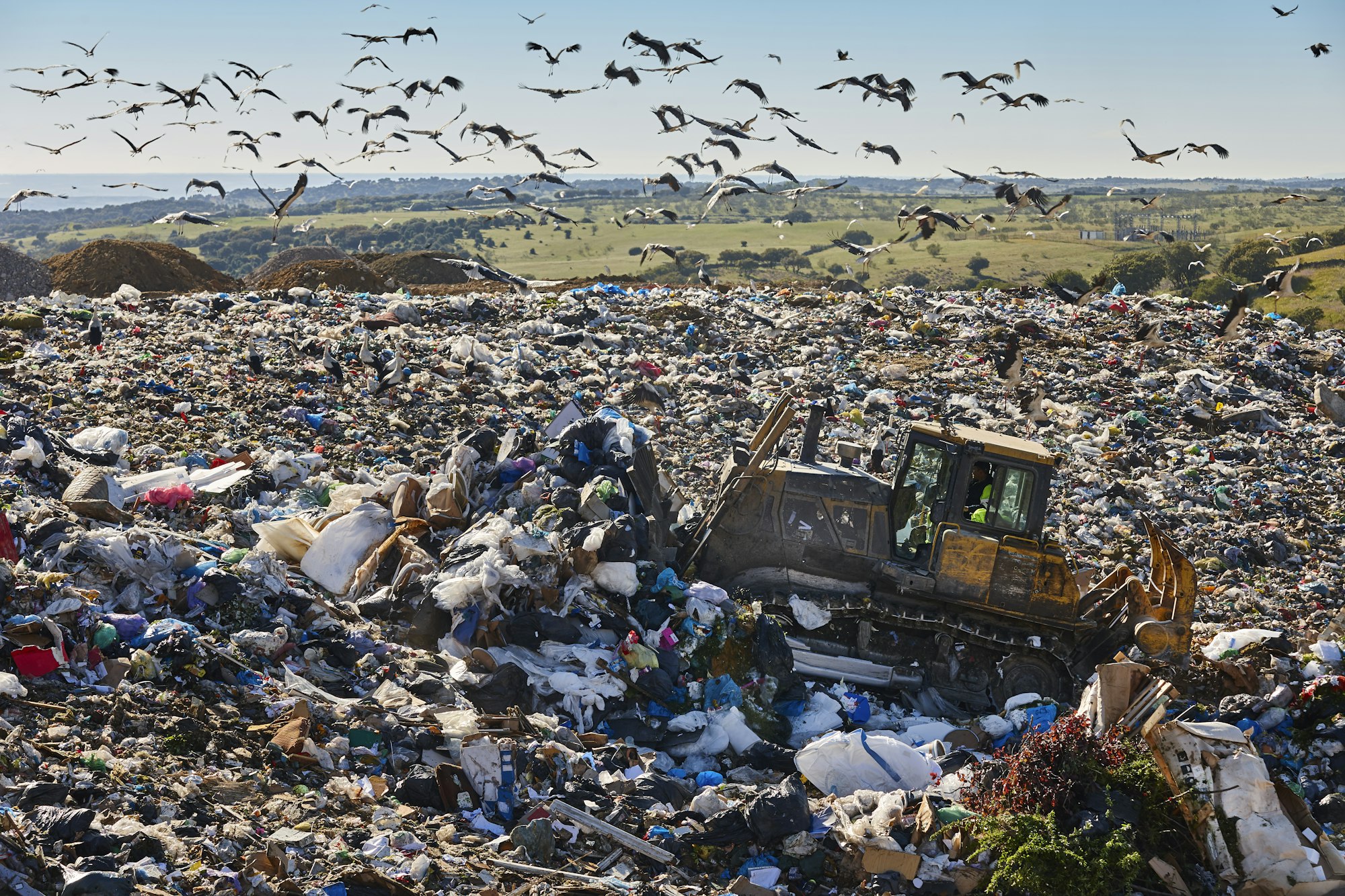- Fast Fashion Culture: The rise of fast fashion has led to an increase in the production of cheap clothing, often made from low-quality materials. Fast fashion encourages consumers to buy more clothes more frequently, leading to a cycle of rapid consumption and disposal.

Poor Quality: Many clothes produced today are made with cheap materials and construction, causing them to wear out quickly or lose their shape after a few washes. When garments become unwearable due to poor quality, they are often discarded rather than repaired or recycled.
Trends and Seasonality: Fashion trends change rapidly, often resulting in perfectly wearable clothing going out of style. Seasonal trends also contribute to the disposal of clothing as people feel the need to update their wardrobe with each new season.
Consumer Behaviour: Some consumers have a “throwaway” mentality when it comes to clothing, treating garments as disposable rather than valuable items to be cared for and maintained. Additionally, the convenience and affordability of purchasing new clothes have led to a culture of overconsumption and frequent disposal.
Recycling Infrastructure: Recycling textiles can be challenging due to the complexity of materials used in clothing production. Many municipalities lack the infrastructure to properly recycle textiles, making it easier for people to dispose of unwanted clothing in landfills rather than seeking out recycling options.
Lack of Awareness: Many people are unaware of the environmental impact of textile waste and the importance of reducing, reusing, and recycling clothing. Without proper education and awareness, people may not consider alternative options to landfill disposal.
Worth Its Weight empowers customers to donate their unneeded clothes, shoes, and household items, preventing them from ending up in landfills. All donated items are redistributed to countries like Ukraine and regions in Africa. By participating, customers not only contribute to environmental sustainability and the circular economy but also have the opportunity to earn money in the process.

